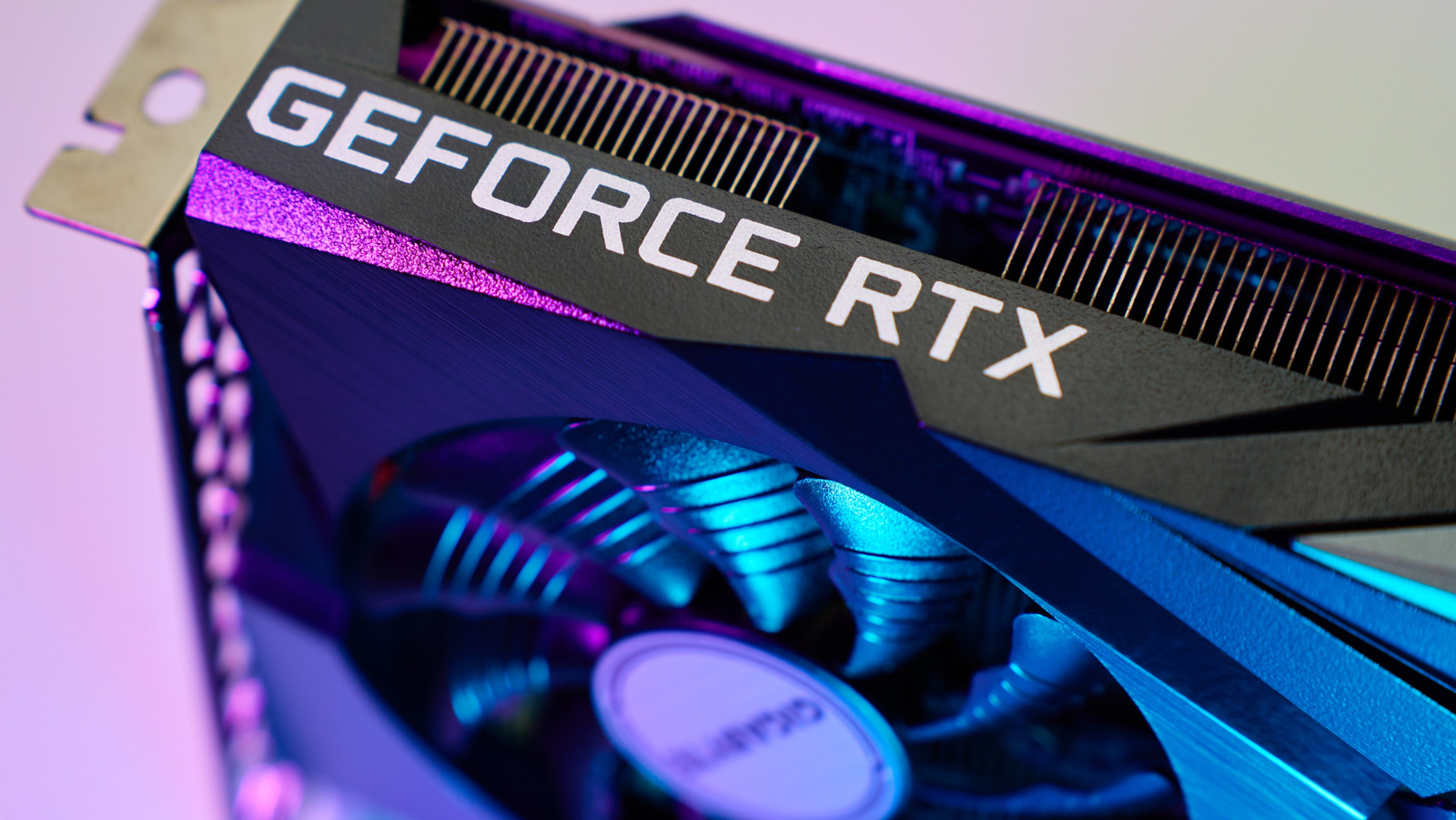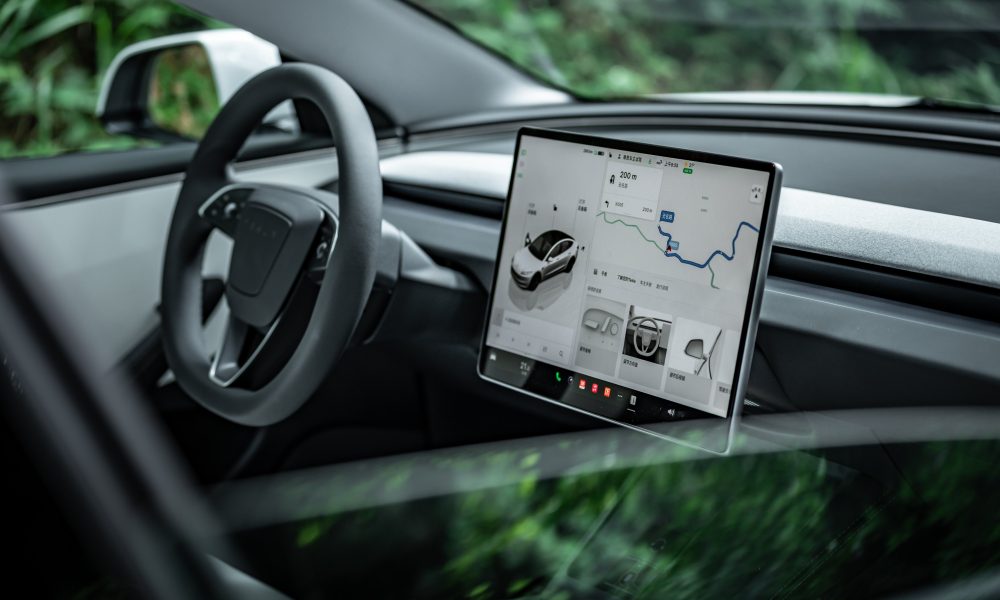The GPU market has been in a strange place since the rise of crypto mining and its reliance on high-end video cards. The prices on graphics cards have been heavily impacted, with new video cards often outpacing their manufacturer suggested retail price (MSRP). Inventory shortages and tariff issues are also making problems worse.
These issues have now also filtered down to mid-range and budget graphics cards, especially as people look to those offerings because of the shortages and inflated costs of high-end graphics cards. When it comes to price-to-performance metrics, finding the right graphics card can start to get more than a little complicated for consumers.
You might pay well over $4,000 for the latest RTX entry from Nvidia, but that doesn’t necessarily make it a good value. Consumers can find it incredibly confusing to see new budget focused graphics cards from companies like Nvidia marketed at a reasonable MSRP, only to then see sometimes over a 100% markup when shopping for those cards online.
Nvidia cards you’ll want to skip
The RTX 5090 is an impressive piece of hardware. It’s the most powerful consumer graphics card currently on the market, and the price matches that power with a $1,999 MSRP. The problem with this card is that it’s currently selling well above that MSRP. It wasn’t uncommon to see listings for the RTX 5090 at over $5,000 at launch on sites such as eBay. Even today, 5090s list at roughly $2,600 on sale at retailers such as Amazon and Newegg, making them a poor choice.
At CES 2025, Nvidia touted its RTX 5070 card alongside its upcoming AI game tools with NVIDIA ACE. The RTX 5070 is a 12GB graphics card that Nvidia claims was as powerful as the previous year flagship card, the RTX 4090. What we got instead was a graphics card that showed only very minor performance boosts over the RTX 4070, and only showed impressive numbers by using multi-frame generation.
In 2025, we are in a place where 8GB of VRAM just isn’t going to cut it for very long. While it may suffice on certain recent games with lowered settings, having an 8GB graphics card means your PC is essentially living on borrowed time. This is why the RTX 5060 Ti 8GB is a terrible value at over $400 for limited performance. You will be needing to upgrade the card sooner rather than later, especially if you intend to run the latest AAA games.
Older Nvidia cards face similar issues
One might think dropping back a generation would be a good idea to get more for less. This isn’t necessarily the case with the current market, as shown with the RTX 4080 Super and its MSRP of $1,000. While this 16GB card is still a powerhouse, it’s currently listing online starting at a staggering $1579. A $600 markup is far too much for a card that can be equaled in performance by other cards at almost half that cost.
Going even further back isn’t much help for those looking to game on a budget. The GTX 1650 Super has been Nvidia’s workhorse card for several years. This 4GB graphics card isn’t going to get you far today, especially not with anything over 1080p, so you would think that it would at least be priced well. The GTX 1650 Super is listed online for $269, giving it terrible price-to-performance value when you can easily find 16GB cards with modern features for nearly the same cost.
It’s clear that Nvidia’s video cards struggle with price stability. The older GTX line of cards were praised for their power and value when they launched. Nearly a decade later, the GTX 1060 is still being sold new for $239. The 3GB of VRAM may have been sufficient in 2016, but will only bottleneck most modern games and leave you feeling like you threw money down the drain.
AMD cards that you should pass on
AMD is known for its impressive CPU offerings and less for its graphics cards. That’s why the Radeon 9070 XT had people excited when this powerhouse card was announced at a reasonable $600 MSRP. AMD was then caught playing with the price of its cards before launch, essentially providing fake MSRPs. It’s clear then that this card is not priced correctly with a current 56% markup to its MSRP, meaning you are paying far too much for what you are getting right now.
You might then assume then that the RX 9070 would make for a better value when compared to its XT big brother. Its more reasonable $550 MSRP makes the RX 9070 an intriguing option, but with it also recently seeing a nearly 50% markup, the RX 9070 becomes a poor price-to-performance proposition at over $800.
The Radeon RX 7900 XTX was a hyped up card before it was released, but after launch, it looked as if AMD may have oversold things. Retailing for just over $1,000, the RX 7900 XTX pricing didn’t make much sense, especially considering the RX 7900 XT was only about $100 less with little difference between the two. Its value gets worse as the RX 7900 XTX has seen a nearly 40% increase in its MSRP, while the RX 7900 XT has seen a slight drop from its original price.
Older AMD cards also see issues
The Radeon RX 6700 XT seems like a good deal on paper. This 12GB video card released on March 3, 2021 with an MSRP of $379, targeting the mid-range gaming space. If you are looking to pick this card up today, you are going to find that the RX 6700 XT has become a terrible value. Some new Gigabyte cards are listing at over $800, a staggering markup that makes the RX 6700 XT a card to avoid for those looking to get the best bang for their buck.
The Radeon RX 5600 XT launched on January 21, 2020 with an MSRP of $279. It was a good price for 6GB when it hit the market. The card then faced supply issues during the pandemic, which saw prices spike — as was the case for many cards released at the time. The problem is that in 2025, the RX 5600 XT is listed online for over $500, well over its MSRP from five years ago.
The 8GB Radeon RX 6600 might look like a card that may be worth your money if you plan to stick to 1080p gaming. It can hold up with most titles thanks to its RDNA 2 architecture, at least until you start enabling VRAM heavy features such as ray tracing and reflections. The card simply can’t keep up with something like the 12GB RTX 3060, a card that outpaces it in most aspects and will be far more future-proof for less than $50 more.









